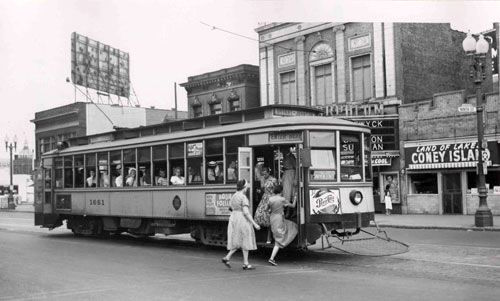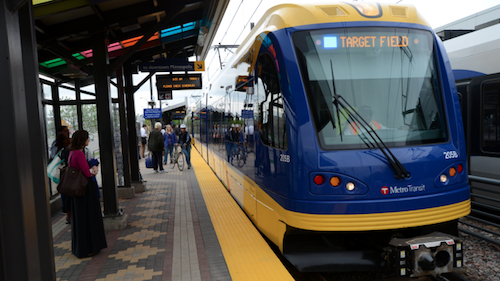Is public transit a relic of the past?
Under the guidance of the Metropolitan Council, billions of dollars have been spent in recent years on public transit, most notably on a handful of light rail lines. The Met Council sees public transit as the wave of the future. But is that right, or is public transportation a relic of an earlier, poorer time?
The Met Council’s own figures in the transportation portion of its Thrive 2040 report are eye-opening. How many rides did residents of the Twin Cities take on public transportation–streetcars–in the long-ago days of 1920? An astonishing 292 million riders per year. Why? In those days, most people couldn’t afford cars.

How about 1940? Public transit ridership dropped to a still-healthy 128 million. Nothing compared to what we must be getting today, after billions of dollars in light rail investments, right?
In 1960, the Met Council says that transit ridership was 86 million annually. Down, OK, but still pretty strong. Why was it down? Pretty much everybody owned a car.
In 1980, public transit ridership rose to 93 million. By 2000, it had dropped again, to 78 million.
But that was before the light rail system came to town, and billions of dollars were spent on public transit. So, by 2010, how much had ridership skyrocketed? Have we really entered the golden age of public transit?

The Met Council says that in 2010, ridership grew to 91 million annually. But wait! After spending billions of dollars, ridership on public transit was scarcely more than it was in 1960, before anyone had heard of light rail? And less than it was in 1980? And down 69% since the long-gone days of 1920?
How could that be? The obvious answer is that when people can afford to drive cars, they prefer to do so. The automobile is the one mode of transportation that will easily take you from where you are to where you want to go. And we all make use of it, every day.
So perhaps public transportation, whether by streetcar, bus or train, isn’t the wave of the future. Maybe it is a relic of the past, that is being sustained (barely) by massive infusions of billions of dollars in taxpayer money. That, anyway, is what history suggests.